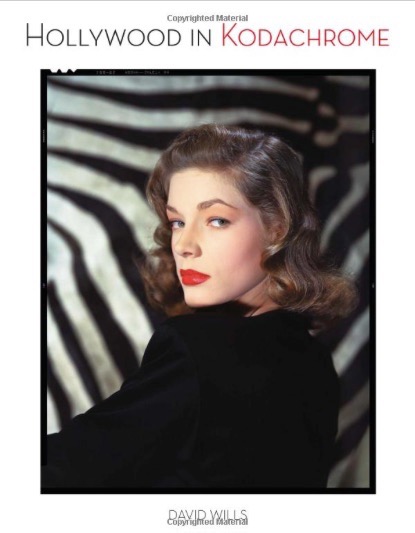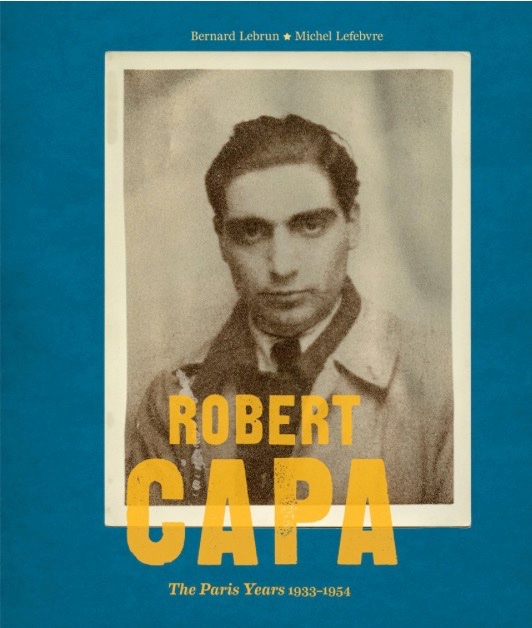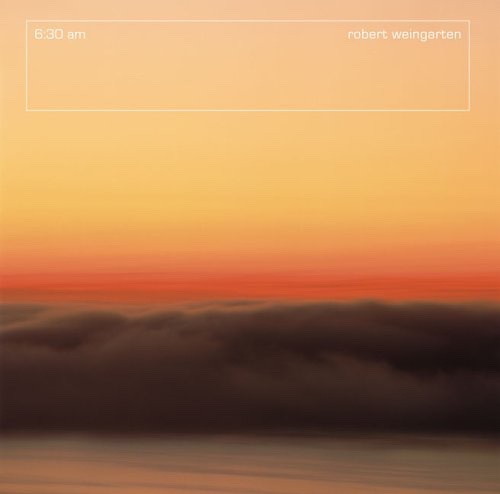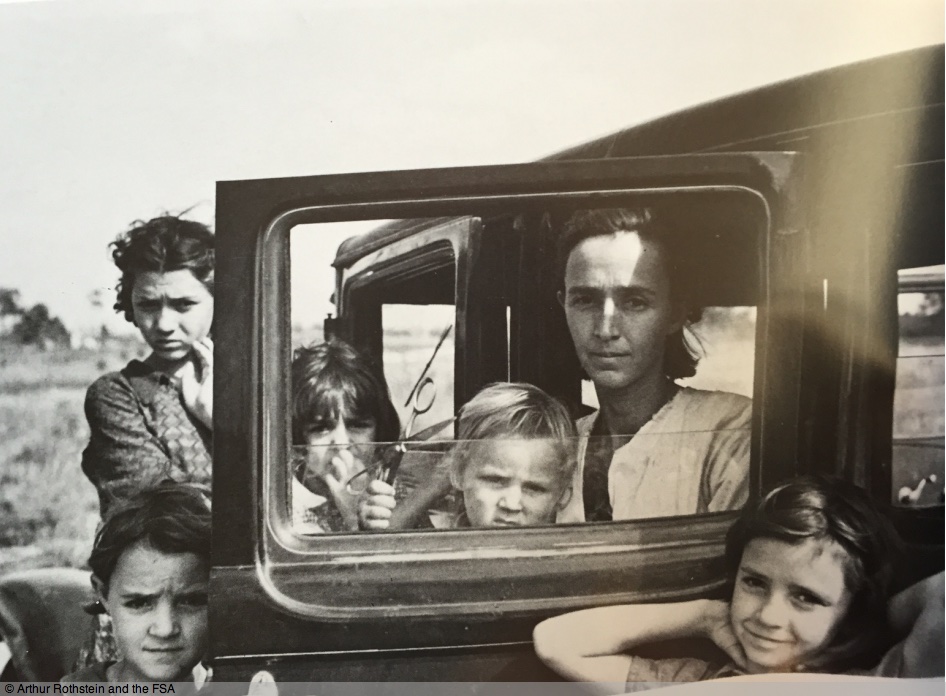Superb.

Click the image for Amazon.
An outstanding book with some 300 gorgeously reproduced images of the stars of the golden age of Hollywood. The care and attention to detail evident in the making of these images are really special.
Personal favorites? Why Lauren Bacall of course (on the cover, aged just 21) and Loretta Young, two of the most sohisticated beauties of the era. Today only one actress remotely has comparable presence – Angelina Jolie. Be sure to catch her in Maleficent, a retelling of the Sleeping Beauty tale by none other than Disney, of all studios. She deserves to be in this splendid book.
Kodachrome of the time came in roll and sheet film, the latter as large as 11″ x 14″ and in ISO speeds of just 8 (daylight) and 10 (tungsten), meaning lots of very bright and very hot lights to make the stars look just so. We have it easier today, but with fewer truly glamorous stars.




